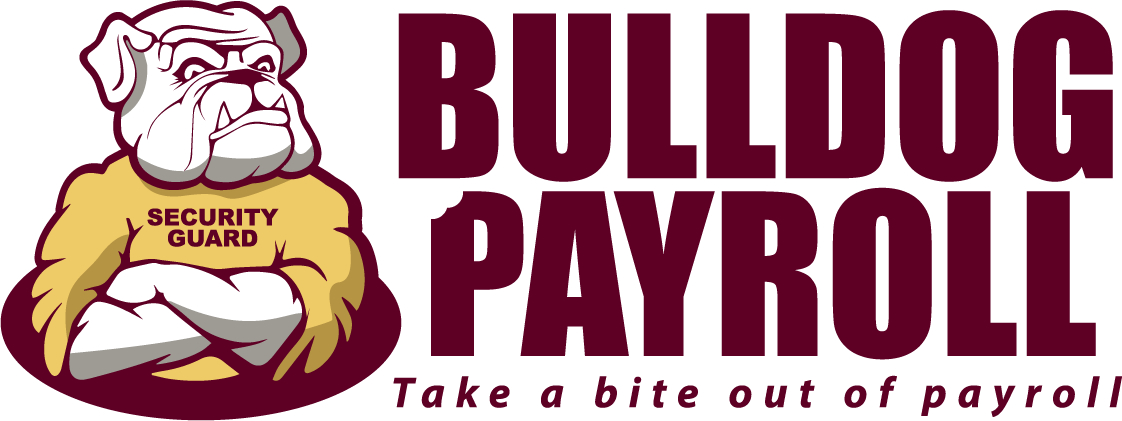How to Choose the Right Payroll Service for Your Business
Did you know that over 32% of businesses struggle with paying themselves and employees due to poor cash flow and money management? If you fall in that category, you might need to look into better solutions for your money management—a step in the right direction in choosing a payroll service.
You might ask yourself how to go about choosing such a service, but fear not! In this handy guide, we have put together the proper steps on how to choose a payroll service.
Keep reading on for the best tips and tricks to get your business back on track.
Different Payroll Providers
Before you start looking at what your company needs, it is good to have an overview of the different types of
payroll providers the market has to offer. There are multiple avenues you can take, so let's see where they all lead.
Payroll Software
A start-up company or a small business usually uses payroll software. The software can be accessed on your computer or online, and the owner often does the payroll themselves.
You will need to fill out the information of your employees manually. However, good payroll software allows you to save the information so that you only have to fill it out once.
Bookkeepers
Bookkeepers will do track your company's financial health and keep a report of your cash flow. A bookkeeper is also responsible for payroll. You can hire an in-house bookkeeper or hire a professional employment organization, or a local payroll service.
Different Payroll Needs
Each business will have different payroll needs. You will need to evaluate your business to find out what does needs are. We will go over a few different scenarios that may require different needs.
Size and Location of Your Business
The number of employees in a business is significant when choosing the correct provider. A small business with less than 10 employees is often handled by one professional. Whether it is an in-house bookkeeper, such as your manager or yourself, it is quite manageable. Keep in mind whether your employees are on salary or hourly, as hourly requires more work, while salary is the simplest form of payroll.
The location of your business is also key. If your business is located across several different states, it is important to note that it may be a bit more difficult to navigate the various regulations for each state.
Budget
Small and new businesses often don't have the budget to outsource their bookkeepers. Instead, evaluate the skills of certain team members and consider promoting the right team member to take care of the books.
Payroll Software Integrations
Some businesses may require some integrations with other programs to keep running smoothly. Therefore, when you are choosing your software, make sure to keep in mind the other programs you are already using. For example, choose payroll software that works with your company.
Payroll software should integrate smoothly with the rest of your operations.
Is payroll a thorn in your side? Let us handle all the stress related to payroll so you don't have to...
Research Your Options
When you are looking for a new payroll provider, it is important to keep in mind the different options they can provide, how much they cost, if the system is user-friendly, and more.
We will highlight some of the key factors you need to look out for.
Payroll Costs
Once you have your budget set up, make sure you research the costs of each service. For example, can you afford to outsource your payroll needs, or do you need to look in-house?
If you are looking for an in-house solution, payroll software is your best bet. There is likely a monthly cost and an initial set-up fee. However, it will be much more cost-effective than outsourcing your needs.
If you have a larger company and your budget allows for outsourcing, it is a great time-saving solution for your company. You can rest with ease and focus on the success of your company.
Payroll Compliance
Keep in mind that payroll is not just the process of paying yourself and your employees. Payroll is important to track your taxes, your employees' time off, and much more.
While you are researching the different options, keep in mind that you will need to issue tax forms such as W-2s and 1099s.
Payroll Software should have a list of features that are essential to the well-being of your company, employee morale, and your bookkeeping.
These features include:
- Payroll taxes
- Direct deposit
- Paper checks
- Employee benefits
- Time off tracking
- And more
These features will save you a lot of time during your payroll process, whether you choose to pay on a weekly basis, bi-weekly, or monthly.
Additionally, these features can save you time and money when you need to replace one of your team members.
Customer Reviews
While you are conducting your research, look at the customer reviews of the payroll provider. The best reviews are on third-party sites. The payroll provider is not able to alter or contact the customers. Therefore these reviews are reliable.
If you are able, check which businesses in your industry use the payroll provider and see what they think of the services.
How to Choose a Payroll Service for Your Company
As mentioned above, each company has different needs. All the while keeping a proper budget in mind. As the owner, evaluate your business, your employees, and your own skills to make an informed decision on how to choose a payroll service.
Don't become one of the companies that can't pay their employees. Instead, take control of your finances today and contact us for more information.
Are you looking for more payroll processing information? Check out our
Ultimate Guide to Payroll Processing.
Is payroll a thorn in your side? Let us handle all the stress related to payroll so you don't have to...










